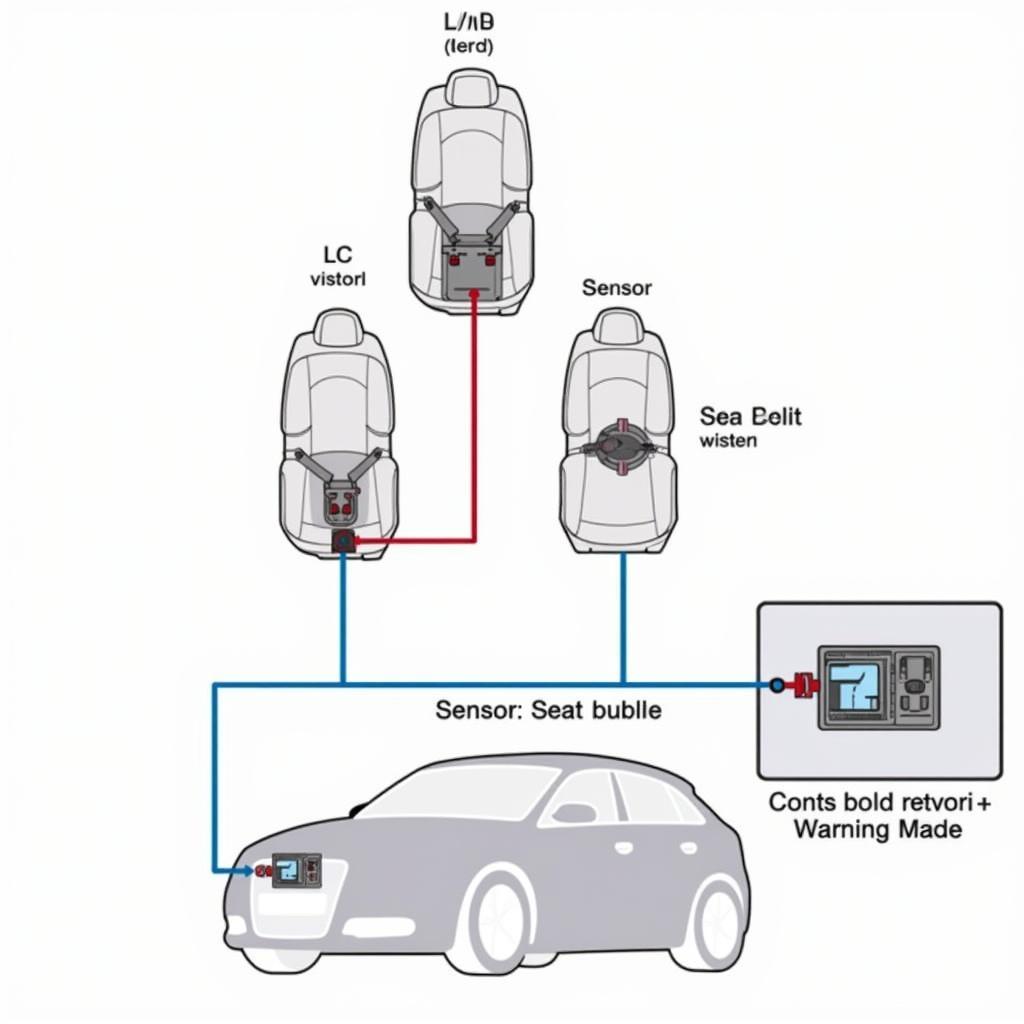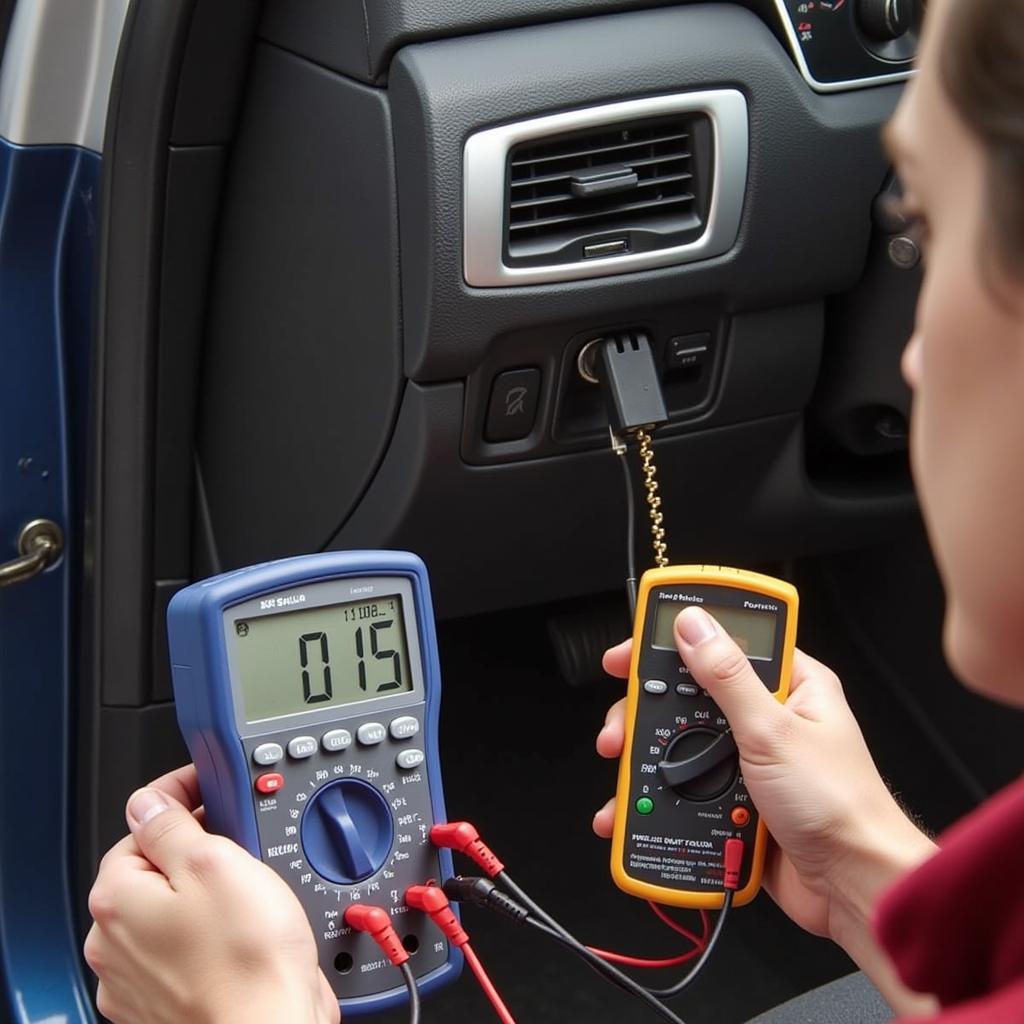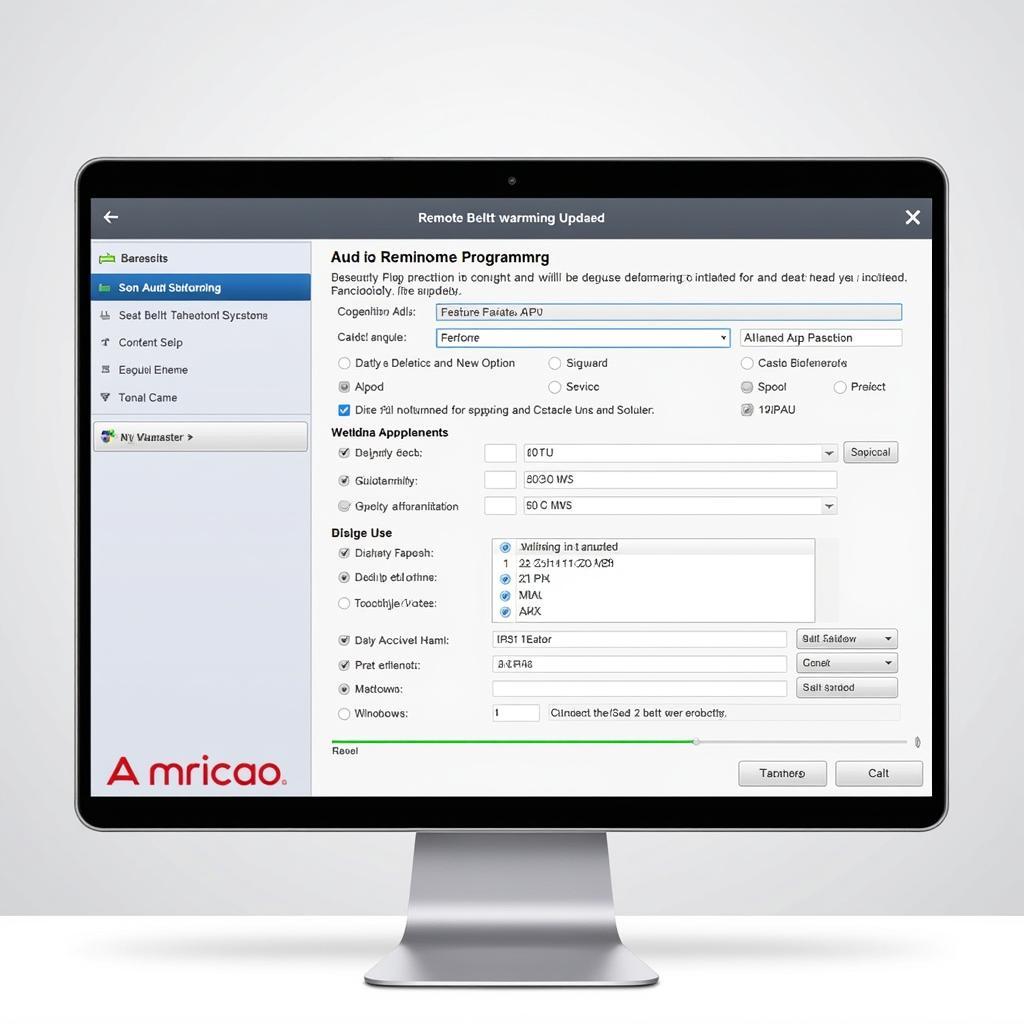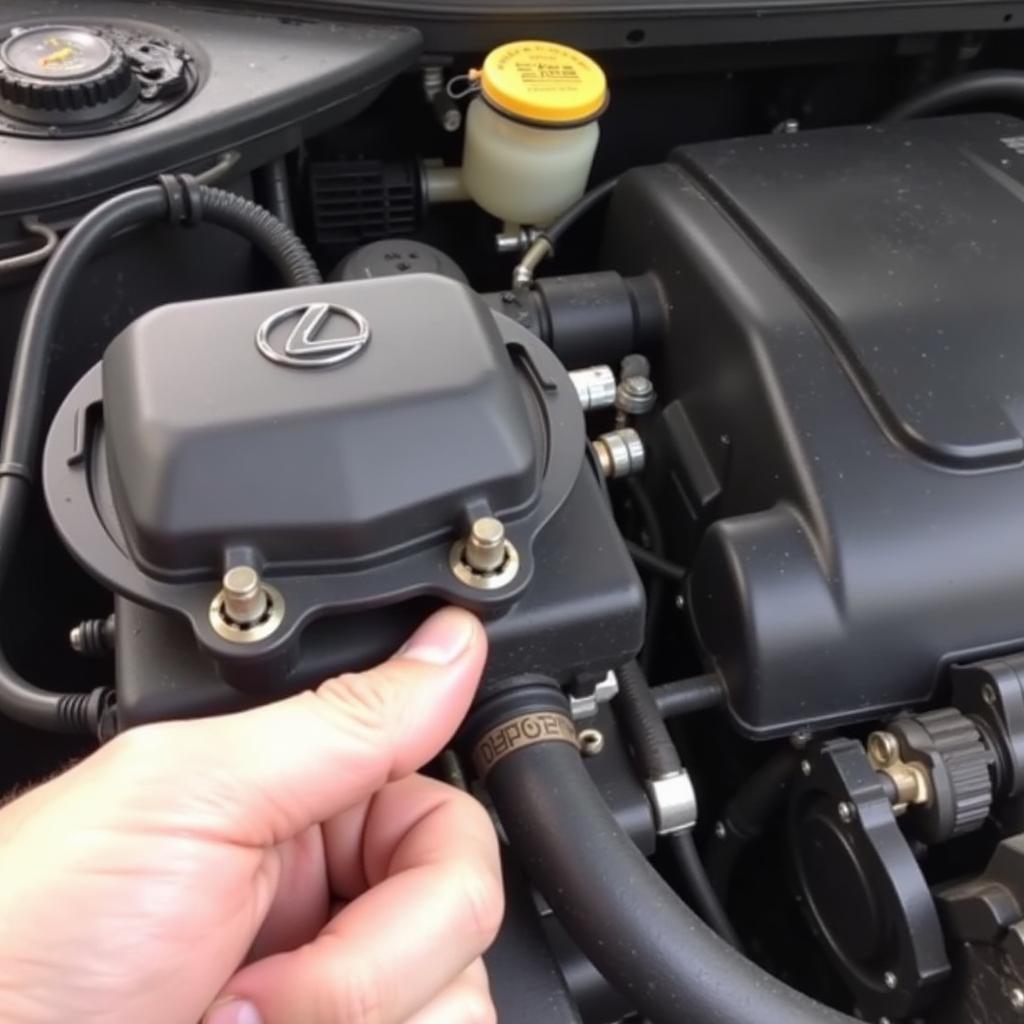The Audi seat belt warning system is a crucial safety feature, and understanding the differences between version 1 and version 2 can be essential for both drivers and technicians. This article delves into the nuances of each version, covering diagnostics, programming, and remote software installation solutions for common issues.
As vehicle technology advances, so too do safety systems. Audi’s seat belt warning system has seen significant improvements over time, leading to the development of version 2. This newer iteration builds upon the foundation of version 1, incorporating enhanced features and functionalities. Understanding these differences can be crucial for proper diagnostics and repair. For example, you might be interested in learning about the history of seat belt warning sounds, like when they were first installed in cars, discussed in seat belt warning sound first installed in car.
Understanding the Basics of Audi Seat Belt Warnings
Both version 1 and version 2 of the Audi seat belt warning system aim to ensure occupant safety by alerting the driver and passengers to fasten their seat belts. The system typically consists of sensors in the seat buckles, a control module, and a warning indicator, usually a visual signal on the dashboard and an audible chime.
Key Differences between Version 1 and Version 2
While both versions share the same core function, several key differences distinguish them:
- Sensitivity: Version 2 often boasts improved sensor sensitivity, detecting even slight pressure changes more accurately. This helps reduce false warnings and ensures the system responds reliably.
- Diagnostics: Version 2 typically integrates more sophisticated diagnostic capabilities, allowing technicians to pinpoint issues more efficiently. This streamlined process can save time and reduce repair costs.
- Programming and Software: Version 2 often utilizes newer software and programming protocols, requiring specialized equipment and expertise for modifications or updates. This can be beneficial for addressing specific issues or adding new features.
- Integration with other systems: Version 2 is often more tightly integrated with other vehicle systems, such as the airbag control module, enabling more comprehensive safety management.
 Audi Seat Belt Warning System Diagram
Audi Seat Belt Warning System Diagram
Diagnosing Seat Belt Warning Issues
Diagnosing seat belt warning problems involves a systematic approach, including visual inspections, checking for diagnostic trouble codes (DTCs), and testing system components. Understanding the specific version of the system in the vehicle is crucial for accurate diagnosis.
Common Problems and Solutions
- Faulty Seat Belt Buckle Sensor: A common issue in both versions is a malfunctioning sensor in the buckle. This can trigger a constant warning even when the seat belt is fastened. Replacement of the buckle assembly is often the solution. For some models, you may find information regarding warning signs on seats helpful, such as in this article about warning sign on seats.
- Wiring Issues: Damaged or corroded wiring can disrupt communication between the sensor and the control module. Thorough inspection and repair or replacement of the affected wiring are necessary.
- Control Module Malfunction: In some cases, the control module itself can be faulty, requiring replacement or reprogramming. Version 2 systems, with their more complex software, may require specialized programming tools.
 Audi Seat Belt Buckle Sensor Testing
Audi Seat Belt Buckle Sensor Testing
Remote Software Solutions
Advancements in automotive technology have enabled remote software installation and programming for certain vehicle systems, including seat belt warnings. This can be a convenient and efficient way to address specific software-related issues without requiring a physical visit to a service center.
Benefits of Remote Software Solutions:
- Convenience: Remote programming eliminates the need for a trip to the dealership, saving time and effort.
- Cost-effectiveness: In some cases, remote software updates can be more affordable than traditional repairs.
- Faster turnaround: Remote updates can often be completed more quickly than physical repairs.
You may find helpful information relating to specific car models, such as this article discussing the Hyundai Getz seat belt warning light. Also, for those interested in newer vehicle technology, understanding the Tesla seat belt warning system, especially concerning car seats, can be informative, as covered in Tesla seat belt warning car seat.
 Audi Remote Software Update Process
Audi Remote Software Update Process
Conclusion
Understanding the differences between Audi seat belt warning version 1 and version 2 is essential for effective diagnostics, repair, and maintenance. While both versions serve the same critical safety function, the advancements in version 2 offer improved sensitivity, diagnostics, and integration with other vehicle systems. Utilizing remote software solutions can provide convenient and efficient solutions for certain issues. By staying informed about these advancements, drivers and technicians can ensure optimal vehicle safety and performance. Remember to consult your vehicle’s owner’s manual or a qualified technician for specific guidance related to your Audi model. You can also find more information regarding exit row seat warnings in this article: exit row seat warning.

